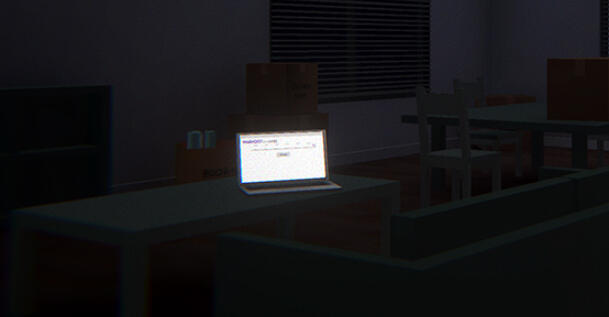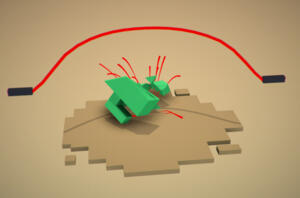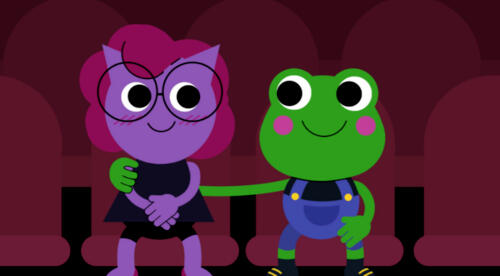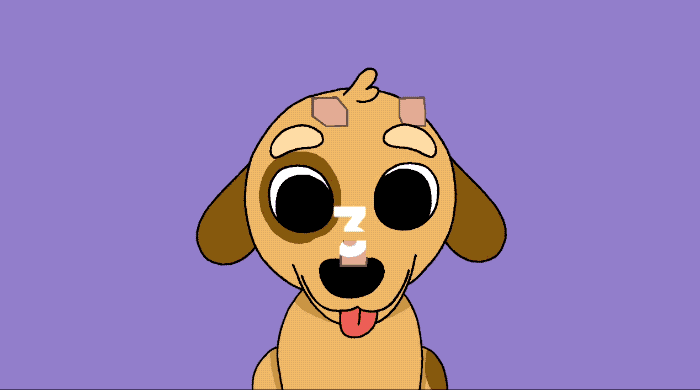Bryan Singh
Technical Game Designer
Hey, I’m Bryan! I’ve been making games for 15 years, shaping everything from Journey to The Last of Us to my own indie title, Fear the Spotlight. I love designing gameplay that ties everything together, making mechanics serve a game’s bigger vision. Beyond games, I’m a proud parent and a (very amateur) sleight-of-hand enthusiast.

I was studio co-founder and Gameplay Director for Fear The Spotlight (2024), the first game published by Blumhouse Games. It launched on eight platforms to critical acclaim.
Fear the Spotlight is a story-focused survival horror game inspired by PlayStation classics. I implemented all game systems, tools, puzzles, setpieces, and cutscenes while also working closely with the publishing, porting, marketing, PR, legal, and accounting to keep the project and studio on track.
Creating "my own game" in such a hands-on role was a long held dream come true.
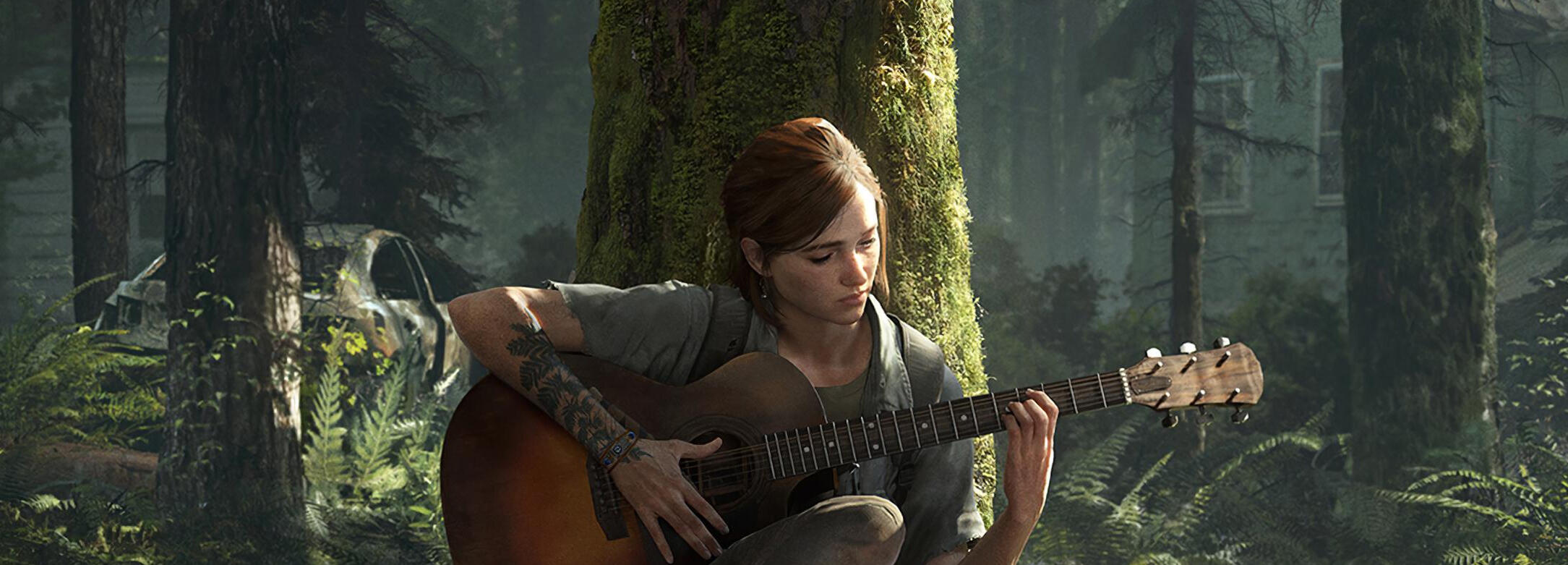
On The Last of Us Part II (2020) I was a Technical Game Designer for the first two years of pre-production. I worked on core movement for both protagonists, prototyped enemies like dogs and their handlers, explored new mechanics like crawling and the bow weapon, and scripted the first iteration of the gameplay debut.
My work focused on early gameplay systems—experimenting with movement, enemy AI, and mechanics that shaped the game’s core movement and combat. I explored ways to differentiate the two protagonists’ movement, tested how crawling could interact with detailed terrain, and refined player interactions with doors in stealth encounters. I also experimented with early versions of the player upgrades system and was a test case for new UI systems. While I wasn’t there for the final stretch, my prototypes helped lay the groundwork for the game’s design.
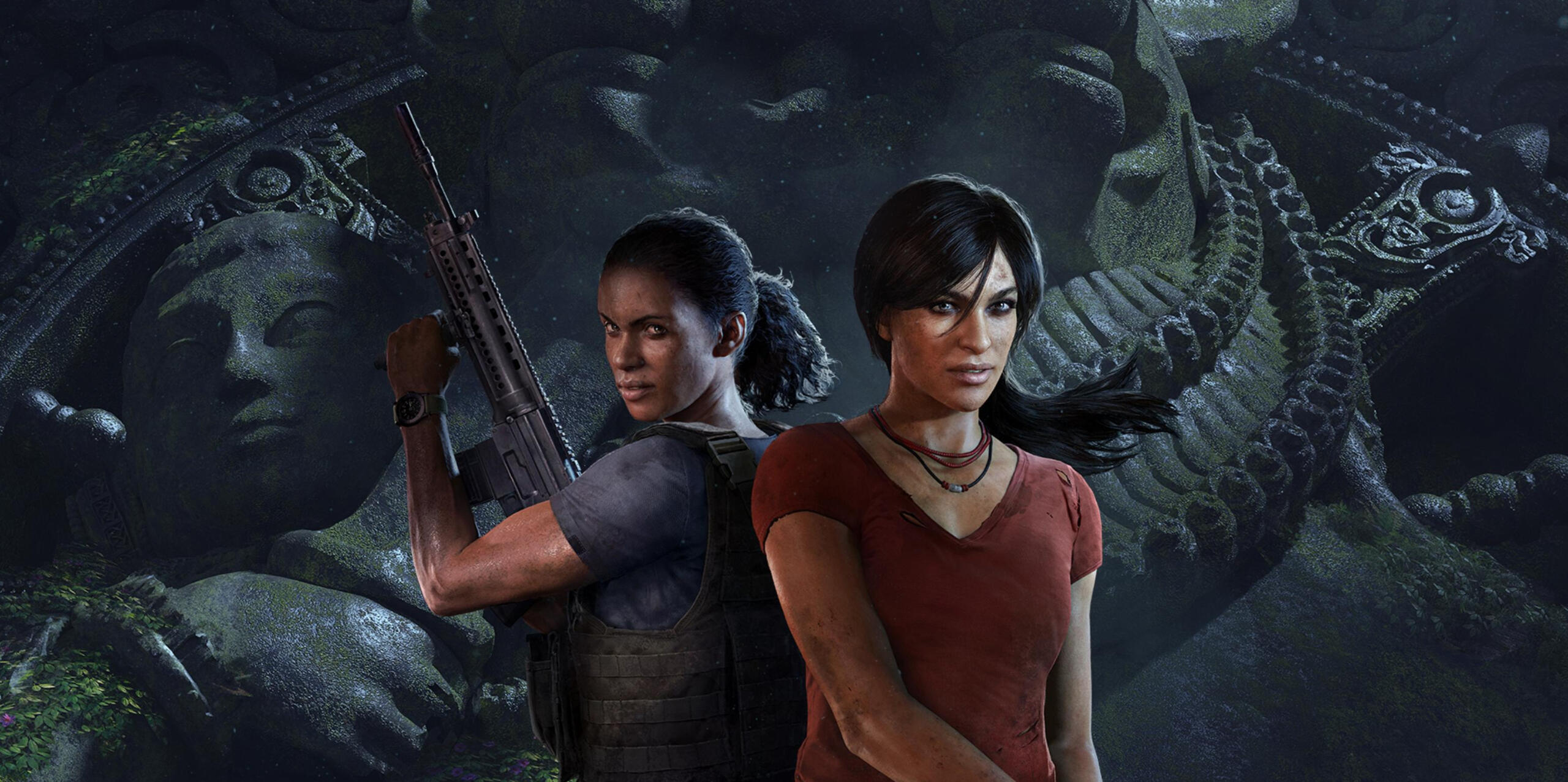
On Uncharted: The Lost Legacy (2017), I re-tuned and extended the brawling system from Uncharted 4 to support the new protagonists and easily integrate new animations.
My work on this game took place while my primary focus was on The Last of Us Part II pre-production, so I aimed to make the most of my time while empowering others. I initially re-tuned the brawling system to fit the new characters, then extended it to allow the rest of the team to take charge of integrating new content.
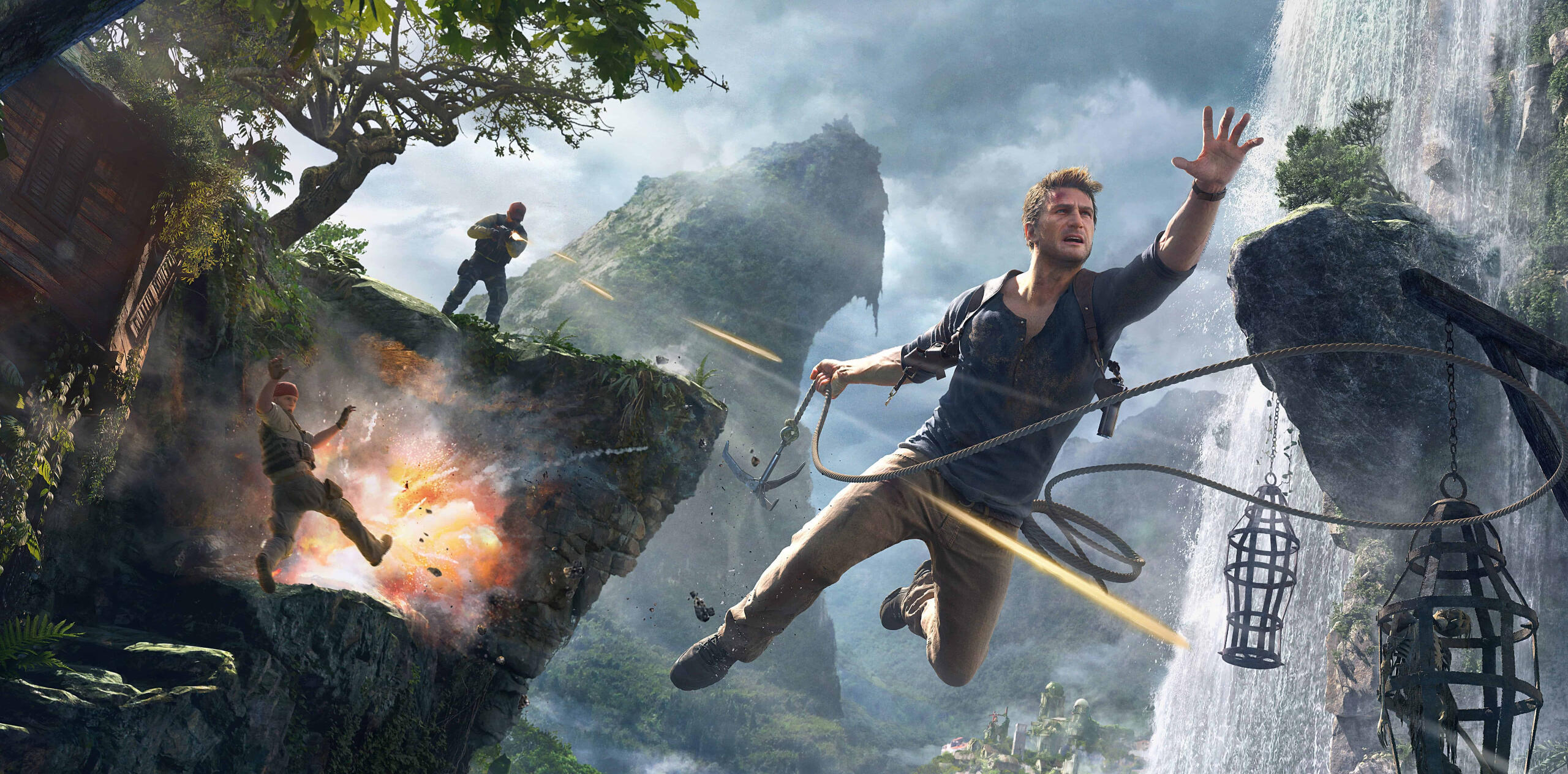
On Uncharted 4 (2016), I was the Technical Game Designer responsible for everything brawling-related. Brawling needed to work everywhere. From fighting alongside buddies, to swinging on ropes, to hanging off cars.
I took ownership of the brawling system, drawing inspiration from the previous three games while expanding it to fit Nathan Drake’s enhanced moveset. My goals were to create a simple, elegant system that integrated seamlessly with the rest of the combat, functioned in as many player states as possible, highlighted buddy characters, and met Naughty Dog's high animation standards. Additionally, I ensured the brawling system worked smoothly in Uncharted 4’s multiplayer mode, allowing players to brawl with both other players and enemy AI.
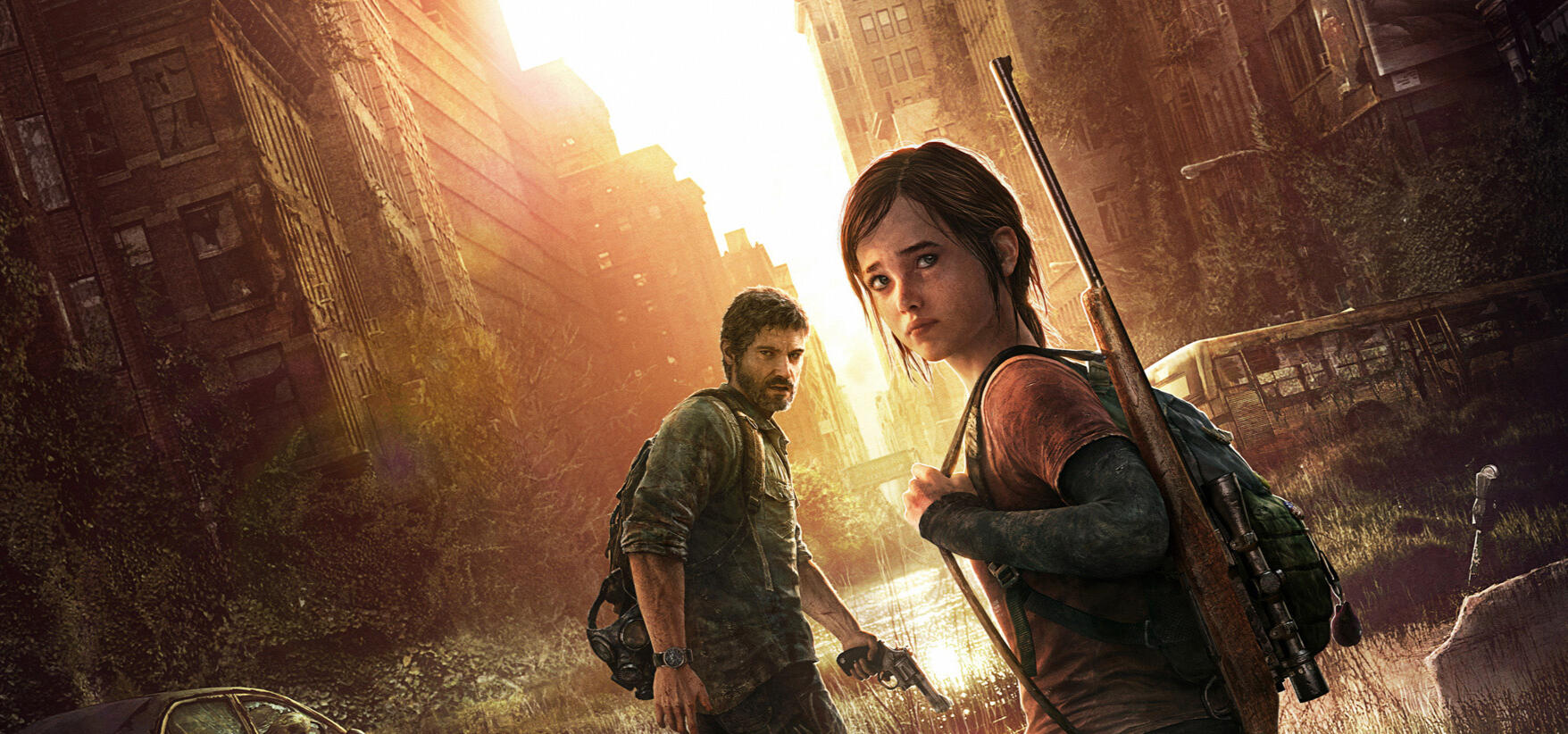
On The Last of Us (2013), I served as a Technical Game Designer, implementing complex scripting for various bespoke scenarios.
I inherited a handful of setups that had complex scripting needs. This included choreographing multiple companion characters in exploration scenes, scripting military vehicles for unique combat sequences, and creating a dynamic combat setpiece on horseback. My focus was on ensuring these scenes were smooth and impactful, allowing the player to take in the game’s overall narrative and gameplay experience.
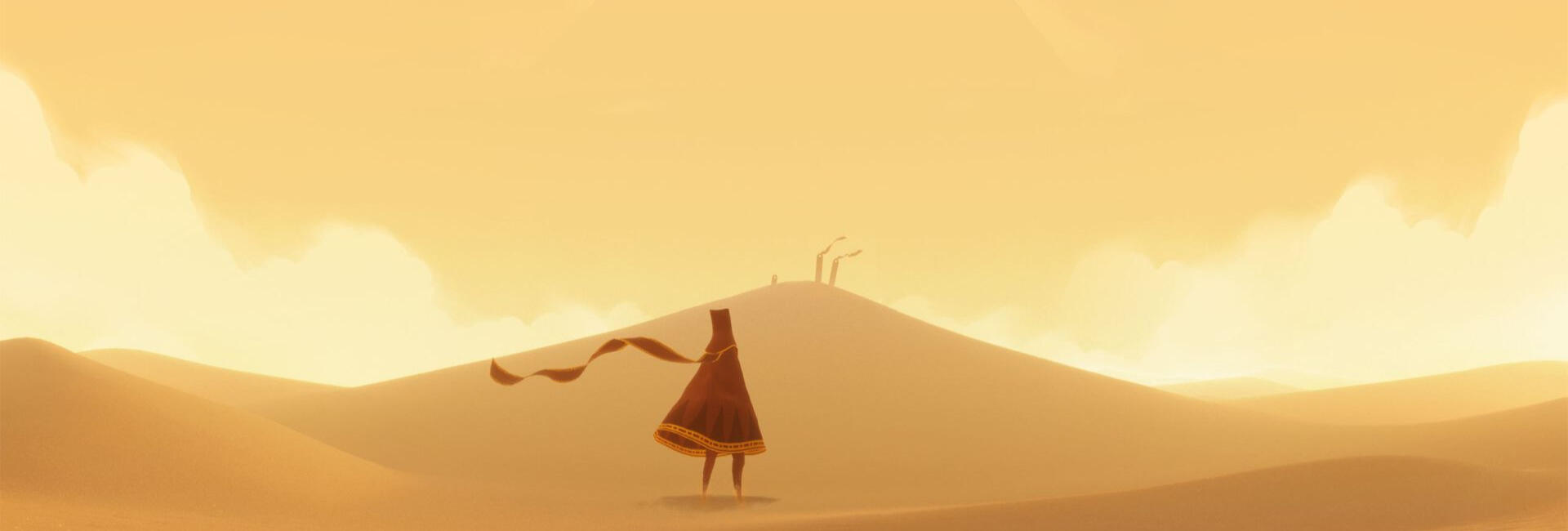
On Journey (2012), I was a Gameplay Designer / Programmer. I worked on player movement, creature AI, level scripting, and the camera system. All of which had to work over the network.
With a small team, I had the freedom to explore and prototype, but everything had to serve the game’s core vision. I helped shape the co-op movement system, where traversal is enhanced near other players. And experimented with traversal setups, which led to the high-energy sliding sequence. I also contributed to creature AI, ensuring they could stand in when other players weren’t around. This project shaped my approach to design, always searching for solutions that best serve the game's overall direction.
I've also been making indie games on nights and weekends for most of my life. Here are some of my favorites:
okay thank you, bye bye.
